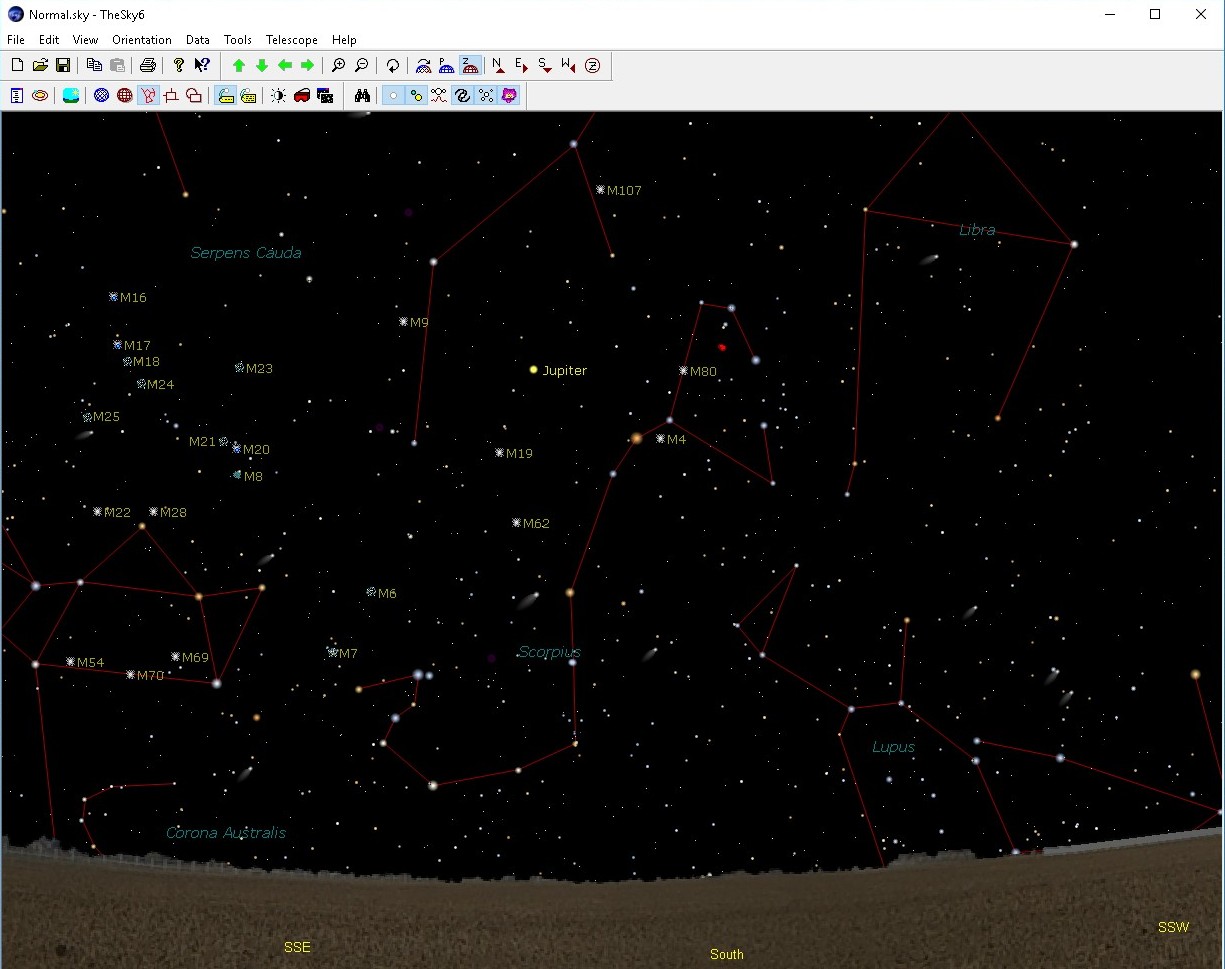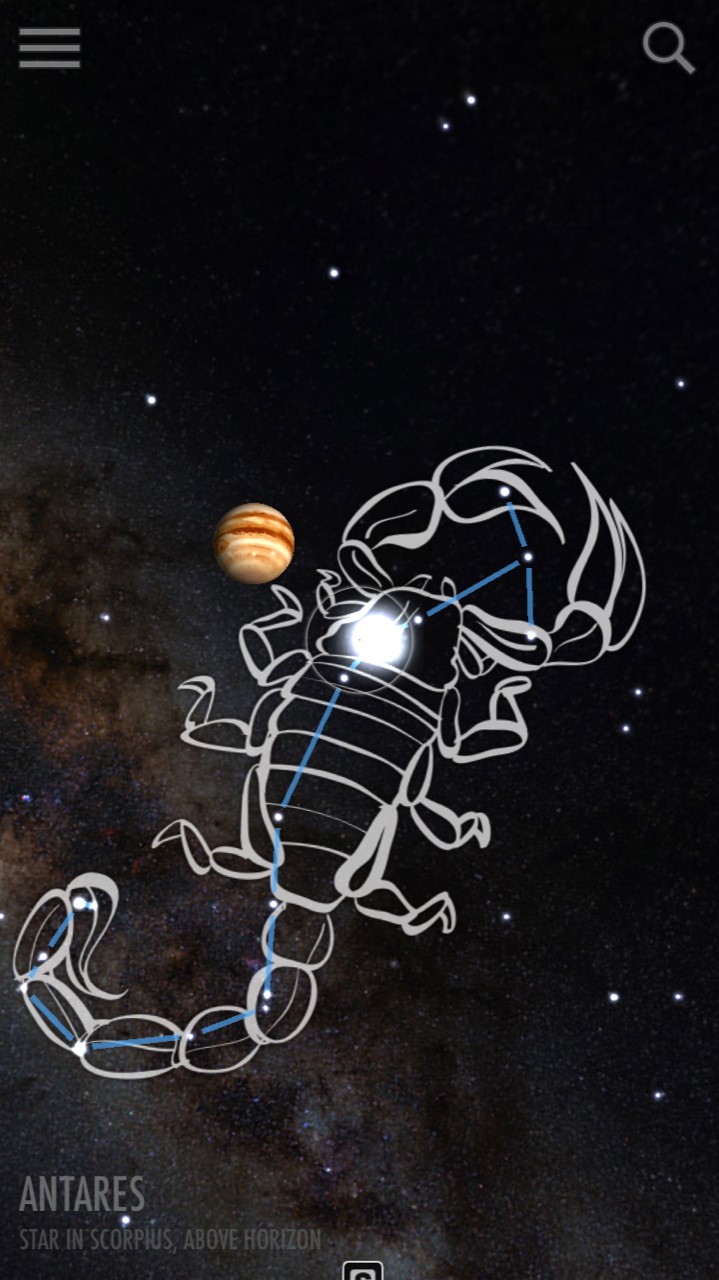
JeffPo's Astronomy Software Page
Last update: 08/15/19
Today's amateur astronomer relies more and more on computer software as a tool. Some telescopes can even be run entirely from a lap top computer. With CCD cameras, the observer can actually sit inside a cozy room to "observe". While I don't have this kind of sophistication in my equipment, I do use astronomy software to keep up with the sky and what is going on. I use it to predict eclipse times, moon phases, rise and set times of objects, etc. My biggest use of astronomy software is as a star chart at the eyepiece.
NOTE: From time to time, the links to the various web pages listed below will change. That means the link I provide may not work. If that happens, just do a search for the software on the Internet and I'm sure you'll find it somewhere. And don't forget to let me know of any broken links I may have. Thanks.
The Sky
My most used astronomy software package is from Software Bisque (click this link to visit their web site) and is called The Sky. With it I can plan my whole observing session. It also prints great star charts. It was with one of these star charts that I found Pluto. You can input your own objects and pictures, new comets in the sky, and just about anything else you can imagine. I highly recommend this software. I don't use the current available version. I had been using Version 5 the most, but it has been failing on newer operating systems. I'm switching over to Version 6 to see how it will run. Here's a screen shot of Version 6:

I use The Sky as an "at the eyepiece" star chart. As I search for fainter and fainter objects, often times it is not immediately visible when I look through the eyepiece. Many galaxies for example, lurk right at the edge of being detected with my telescope, and even then I'm using averted vision. With this software, I can represent the particular view, even with regards to the field of view of the eyepiece or directional orientation. I match up the star field I see in the eyepiece with the one I see in the software. Then I know exactly where the object should be in my field of view.
Stellarium
Stellarium is a free open source planetarium software package for your computer. I've only started using it, but it seems to do just about anything the other packages do. They also have a web based version. One thing I really like about it is that it accurately represents the planets, such as Jupiter. That means you can use it to find out when the Great Red Spot is crossing, or a shadow transit of one of its moons. You can also track the moons of the planets. Pretty cool. Here's a screen shot:

SkyView Lite
SkyView Lite is the free version of an app available for a cell phone such as an Iphone. It's great for someone just learning the night sky because you can hold it up and it will identify what you're looking at. Here's a screen shot:
